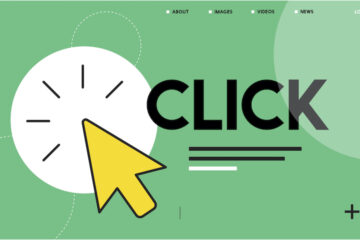

The Role of Empathy in UX Design: Creating User-Centric Experiences
Introduction:
Empathy is a powerful tool in the world of user experience (UX) design. Understand that empathy plays a crucial role in the realm of user experience (UX) design. By genuinely comprehending the needs, desires, and emotions of users, we have the ability to fashion user-centric experiences that profoundly connect with our intended audience. This blog post aims to delve into the significant impact of empathy in UX design and its ability to foster the development of exceptional and meaningful digital products.
Understanding User Needs:
Empathy allows designers to gain insights into the needs and pain points of users. By actively listening, conducting user research, and observing user behavior, we can identify the challenges and frustrations users face. This understanding helps us design interfaces that address those needs effectively, providing intuitive solutions that make users’ lives easier.

Creating User Personas:
Empathy is vital when crafting user personas, which are fictional portrayals of target users. Through comprehending and relating to different user types, we can create personas that encompass their unique characteristics, motivations, and goals. These personas serve as valuable guides during the design stage, ensuring user-oriented choices and leading to improved and relevant user experiences.
“””

Designing with Empathy:
Empathy allows us to design interfaces that resonate emotionally with users. By understanding their values, preferences, and aspirations, we can create visual elements, tone of voice, and interactions that evoke positive emotions and establish a connection with the users. This emotional design approach leads to increased engagement, user satisfaction, and brand loyalty.

Usability and Empathy:
Empathy and usability go hand in hand. By empathizing with users, we can design interfaces that are intuitive, easy to learn, and efficient to use. By putting ourselves in the users’ shoes, we can identify potential pain points, eliminate unnecessary steps, and streamline interactions. Usability testing with real users, combined with an empathetic mindset, helps uncover usability issues and refine the design to optimize the overall user experience.

The Power of Empathetic Feedback:
Feedback is an essential part of the UX design process, and empathy plays a crucial role in receiving and incorporating feedback effectively. By approaching feedback with empathy, we create a safe and open environment for users to share their thoughts and experiences. This empathetic feedback helps us uncover valuable insights and make informed design decisions that address the users’ needs and desires.
Collaboration and Empathy:
Empathy is not limited to understanding users; it extends to collaborating with team members and stakeholders. By empathizing with colleagues and involving them in the design process, we foster a collaborative environment where everyone’s expertise and perspectives are valued. This collaborative approach ensures that the final product reflects a collective understanding of user needs and results in a more cohesive and user-centric design.
Empathy is a potent tool in UX design, enabling designers to create user-centric experiences that meet users’ needs, evoke positive emotions, and establish a lasting connection. By embracing empathy throughout the design process, from understanding user needs to collaborating with team members, we can craft interfaces that truly resonate with our target audience. Ultimately, empathetic design leads to exceptional user experiences that make a positive impact on users’ lives and create long-term loyalty. Let empathy guide your design journey and transform your digital products into meaningful and engaging experiences.



